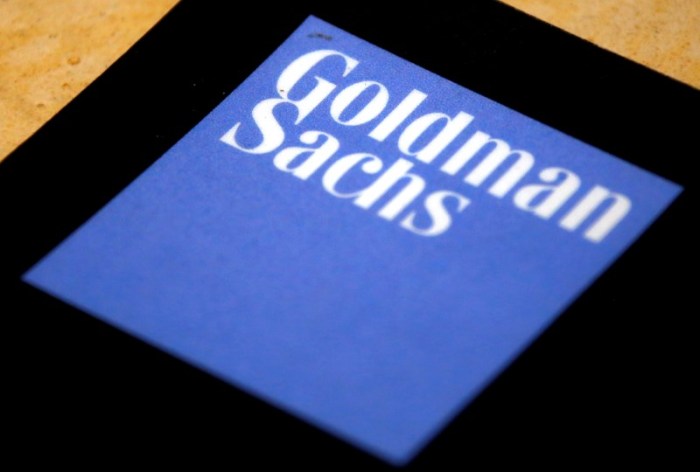By Lucia Mutikani
WASHINGTON (Reuters) – The number of Americans filing for unemployment benefits unexpectedly rose last week, while renewed job cuts in the energy sector boosted layoffs announced by U.S.-based employers in July. Despite the increases, the labor market remains healthy and will probably continue to support economic growth for the rest of this year. While other data on Thursday showed orders for factory goods fell for a second straight month in June, largely on weak demand for transportation equipment, there were signs spending cuts in the energy sector were easing. “The data do indicate the economy and the labor market are improving. It appears that the collapse in the energy sector is ending.For two months now, new orders for mining and oil and gas field equipment were up,” said Joel Naroff, chief economist at Naroff Economic Advisors in Holland, Pennsylvania. Initial claims for state unemployment benefits increased 3,000 to a seasonally adjusted 269,000 for the week ended July 30, the Labor Department said. Economists had forecast initial claims slipping to 265,000 in the latest week. Claims have now been below 300,000, a threshold associated with a strong labor market, for 74 consecutive weeks, the longest streak since 1973. With the labor market perceived to be either at or approaching full employment, there is probably limited scope for further declines in claims. The dollar gained versus a basket of currencies, surging against the British pound after the Bank of England cut interest rates and resumed bond purchases in a move aimed at mitigating the impact of the country’s vote to exit the European Union. Longer-dated U.S. Treasuries rallied and stocks on Wall Street were trading higher.
Claims tend to be volatile around this time of the year when automobile manufacturers typically idle assembly lines for retooling. Some, however, keep production running, which can throw off the model the government uses to strip out seasonal fluctuations from the data. Through the gyrations, the trend in claims has remained consistent with jobs market strength. The four-week moving average of claims, considered a better measure of labor market trends as it irons out week-to-week volatility, rose 3,750 to 260,250 last week. “This level of unemployment claims points to continued very subdued layoff rates at the start of the third quarter,” said John Ryding, chief economist at RDQ Economics in New York.
The claims data has no impact on July’s employment report, scheduled to be released on Friday, as it falls outside the survey period. According to a Reuters poll of economists, nonfarm payrolls likely increased by a healthy 180,000 jobs in July after surging 287,000 the prior month. June’s jump in job gains was viewed as unsustainable given anemic economic growth. Labor market strength is boosting consumer spending, which is expected to help the economy regain speed after growth braked to an average 1.0 percent annual rate in the last three quarters. ENERGY SECTOR JOB CUTS
In separate report, global outplacement consultancy Challenger, Gray & Christmas said employers in the U.S. announced plans to shed 45,346 workers from their payrolls in July, a 19 percent increase from June. Though it was the second straight monthly increase, layoffs were 57 percent lower than in July last year. Job cuts in the energy sector surged 796 percent to 17,725 last month.
“This was somewhat unexpected in light of recent projections of increased oil prices and possible labor shortages in the industry,” said John Challenger, chief executive officer at Challenger, Gray & Christmas. In a third report, the Commerce Department said new orders for manufactured goods declined 1.5 percent in June after falling 1.2 percent in May. Orders for machinery gained 0.2 percent, with orders for machinery, oil field and gas field machinery soaring 207.9 percent after vaulting 139.1 percent in May. Orders for non-defense capital goods excluding aircraft increased 0.4 percent in June instead of the 0.2 percent gain reported last month. These so-called core capital goods are seen as a measure of business confidence and equipment spending. An outright drop in inventories and sustained weakness in business spending weighed on GDP growth in the second quarter, with output rising at a tepid 1.2 percent annualized rate after increasing at a 0.8 percent pace in the first three months of the year. The advance growth estimate reported last week could be revised to about a 1.0 percent pace, economists said, as the factory orders report showed lower nondurable goods inventories in June than the government had assumed in the GDP report. Factory goods dipped 0.1 percent in June. Inventories have declined in 13 of the last 14 months. Shipments increased 0.7 percent. That lowered the inventories-to-shipments ratio to 1.35 from 1.36 in May. (Reporting By Lucia Mutikani; Editing by Andrea Ricci and Chris Reese)
U.S. jobless claims rise marginally, factory orders decline

By Lucia Mutikani


















